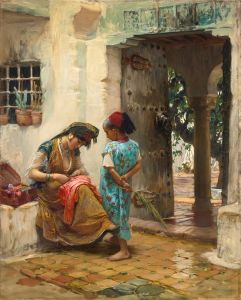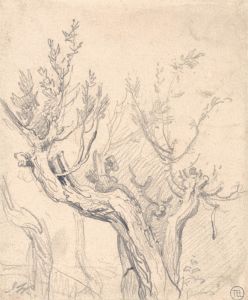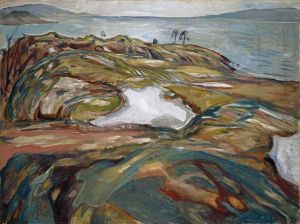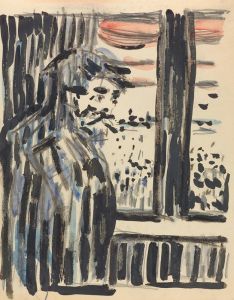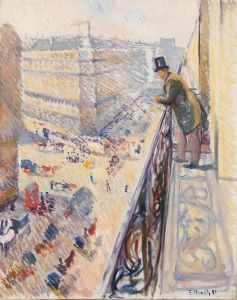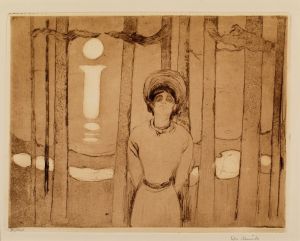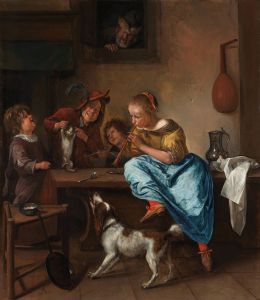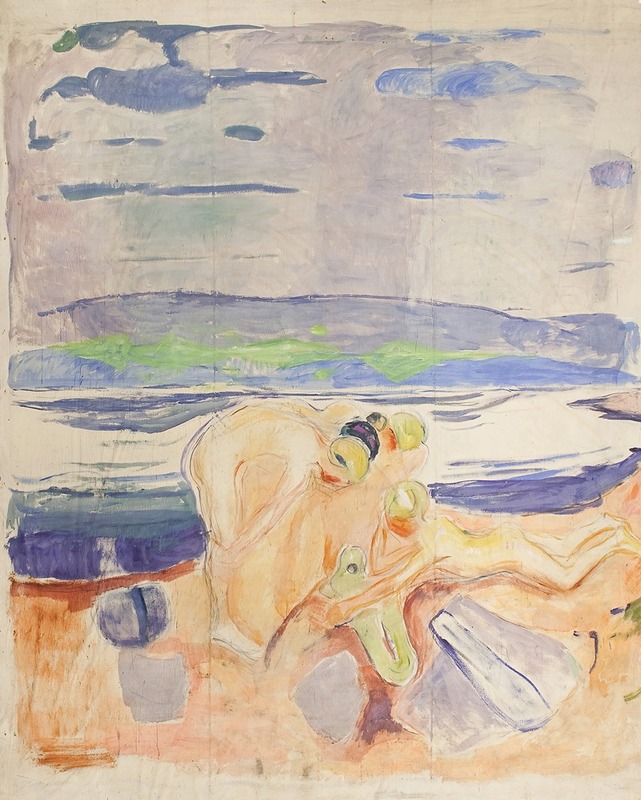
Alma Mater; Exploring Children
A hand-painted replica of Edvard Munch’s masterpiece Alma Mater; Exploring Children, meticulously crafted by professional artists to capture the true essence of the original. Each piece is created with museum-quality canvas and rare mineral pigments, carefully painted by experienced artists with delicate brushstrokes and rich, layered colors to perfectly recreate the texture of the original artwork. Unlike machine-printed reproductions, this hand-painted version brings the painting to life, infused with the artist’s emotions and skill in every stroke. Whether for personal collection or home decoration, it instantly elevates the artistic atmosphere of any space.
Edvard Munch, a Norwegian painter and printmaker, is renowned for his evocative and emotionally charged works. While his most famous painting, "The Scream," has captured global attention, Munch's oeuvre includes a wide array of themes and subjects. Among these is the painting "Alma Mater; Exploring Children," which, like many of Munch's works, delves into the complexities of human emotion and experience.
"Alma Mater; Exploring Children" is a part of Munch's exploration of themes related to childhood, education, and the formative experiences that shape human life. Munch often drew upon his own life experiences and emotions to inform his work, and this painting is no exception. The title "Alma Mater" refers to a nurturing mother figure or an institution that provides intellectual nourishment, typically a university or school. In this context, the painting likely explores the relationship between children and their educational environment, as well as the broader implications of learning and growth.
Munch's style is characterized by bold colors, dramatic compositions, and a focus on emotional expression. In "Alma Mater; Exploring Children," these elements come together to create a scene that is both introspective and dynamic. The children depicted in the painting are engaged in exploration, suggesting themes of curiosity and discovery. Munch's use of color and form serves to highlight the innocence and potential inherent in childhood, while also hinting at the challenges and uncertainties that accompany the journey of growth.
Throughout his career, Munch was influenced by Symbolism and the broader Expressionist movement, which sought to convey emotional experience rather than physical reality. This influence is evident in "Alma Mater; Exploring Children," where the emphasis is on the internal world of the subjects rather than a literal representation of their surroundings. Munch's ability to capture the psychological depth of his subjects is a hallmark of his work and contributes to the enduring impact of his art.
Munch's personal history, marked by loss and illness, often informed his artistic themes. His mother died when he was young, and his father passed away when Munch was a teenager, leaving a profound impact on his worldview. These experiences may have influenced his depiction of childhood and education, as he grappled with the concepts of nurturing and the absence thereof. However, it is important to note that while Munch's personal experiences informed his work, his paintings transcend autobiography to address universal themes.
"Alma Mater; Exploring Children" is a testament to Munch's skill in capturing the complexities of human experience. The painting invites viewers to reflect on their own formative experiences and the role of education in shaping identity. Through his distinctive style and emotive subject matter, Munch continues to resonate with audiences, offering insights into the human condition that remain relevant today.
In summary, "Alma Mater; Exploring Children" exemplifies Edvard Munch's ability to blend personal experience with broader existential themes. The painting's focus on childhood exploration and education reflects Munch's interest in the formative aspects of human life, rendered through his characteristic expressive style. As with much of Munch's work, the painting encourages contemplation of the emotional and psychological dimensions of its subjects, underscoring the enduring power of his artistic vision.






